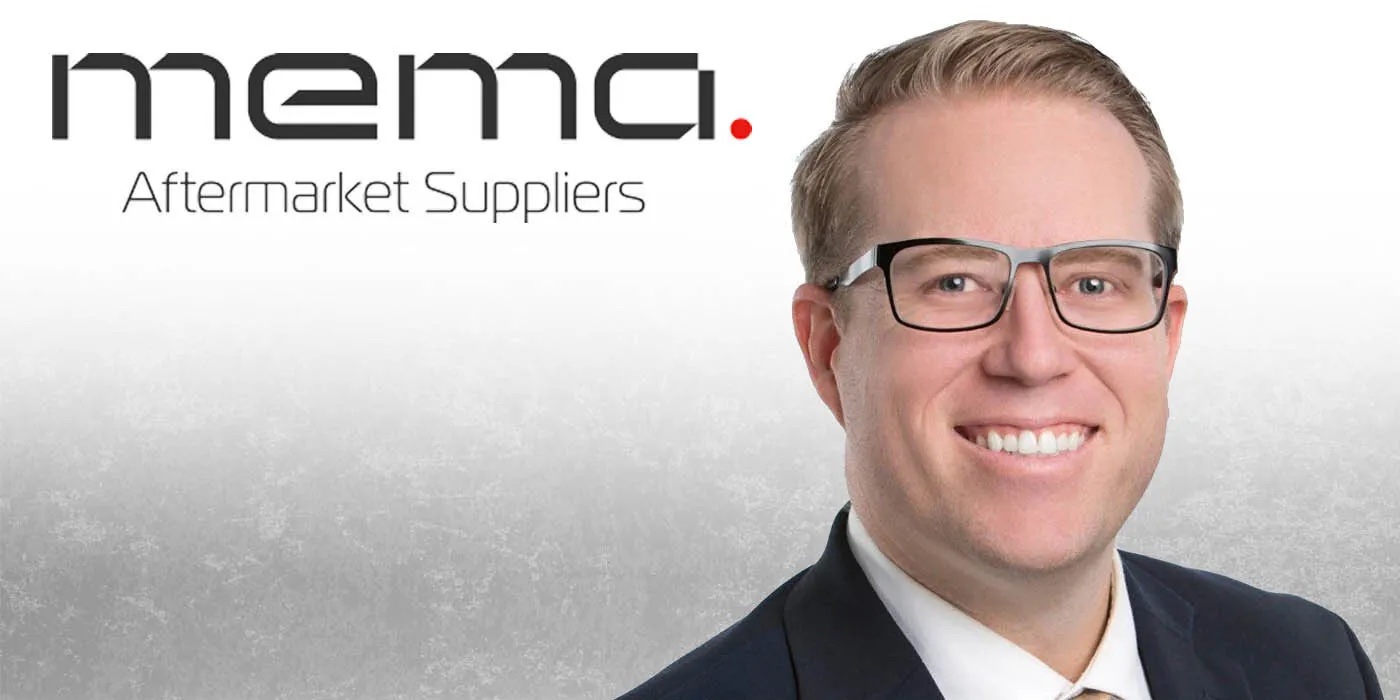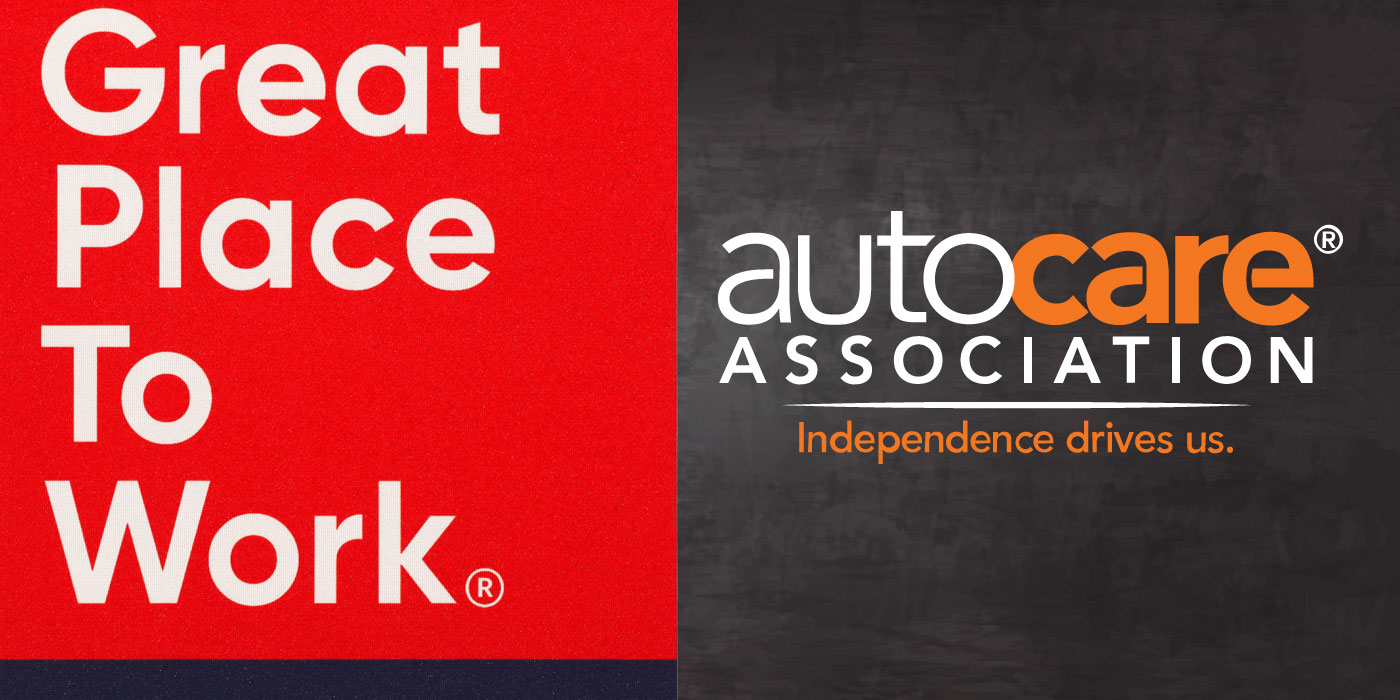A fax crossed my desk as I was preparing to leave for Automotive Aftermarket Industry Week in late October. I immediately recognized the name at the top of the fax — Salem Boys Auto, an Arizona repair shop.
Salem Boys Auto and its owner, Mark Salem, might not mean much to you, but it means lot to me. I met Mark several years ago when he was a speaker at an industry function in Las Vegas. It was Mark who initially started some of the worry around the industry; he was the shop owner who said he sourced half his parts from local dealerships. I’ve written about Mark and his comments a couple of times in this space. The last time was in June — and that’s what this particular fax was referencing.
Prompted by my June column, Mark’s wife Renae wrote to let me know that the shop had made some changes that impacted where and how they source parts. Here’s what Renae wrote:
“I thought you’d find it interesting that we have been able to reduce our new-dealer parts purchases from 50 percent to 30 percent.”
Interesting? You bet. That Salem Boys was able to increase its aftermarket parts purchases by 20 percent is very encouraging. Generally speaking, well-run shops like Salem Boys would prefer to keep all — or most — of their business with a limited number of sources. It’s just smart business. He wanted to find a way to source more business from his primary aftermarket sources, so he sought input from his warehouse, manufacturers and program group. She also faxed me a report, showing exactly how much business each source gets. Salem Boys now spreads 31 percent of its parts purchases among 18 OE dealers, with the remaining balance going to 14 aftermarket distributors (one WD in particular gets the majority of the business).
Now, there’s no magic button you can push that will encourage your own wholesale customers to buy more product from you; it’s going to take some effort on your part. In this case, Renae indicated that the shop had gotten some assistance from some key suppliers along with their program group service dealer program. Line by line they went through their purchases and in doing so they learned some interesting things. Mark was convinced that he couldn’t get certain parts in the aftermarket. This exercise showed that his perception was wrong.
Whose responsibility is it to let customers know what SKUs are available? It’s everyone’s responsibility, from catalog providers to manufacturers. But the real responsibility to let customers know what you have is squarely on your shoulders. Your customers don’t know everything you stock. Like Mark, they may think they know, but it takes some education and salesmanship on your part to help them understand the full depth of your inventory. This is especially true with regard to import and late-model applications.
Getting more business from your existing customers won’t happen by itself. It takes knowing your customers and their needs. It takes some salesmanship. It takes an intimate knowledge of the lines you carry. And, of course, it takes a rock-solid relationship with your customers, along with a truck-load of trust.







